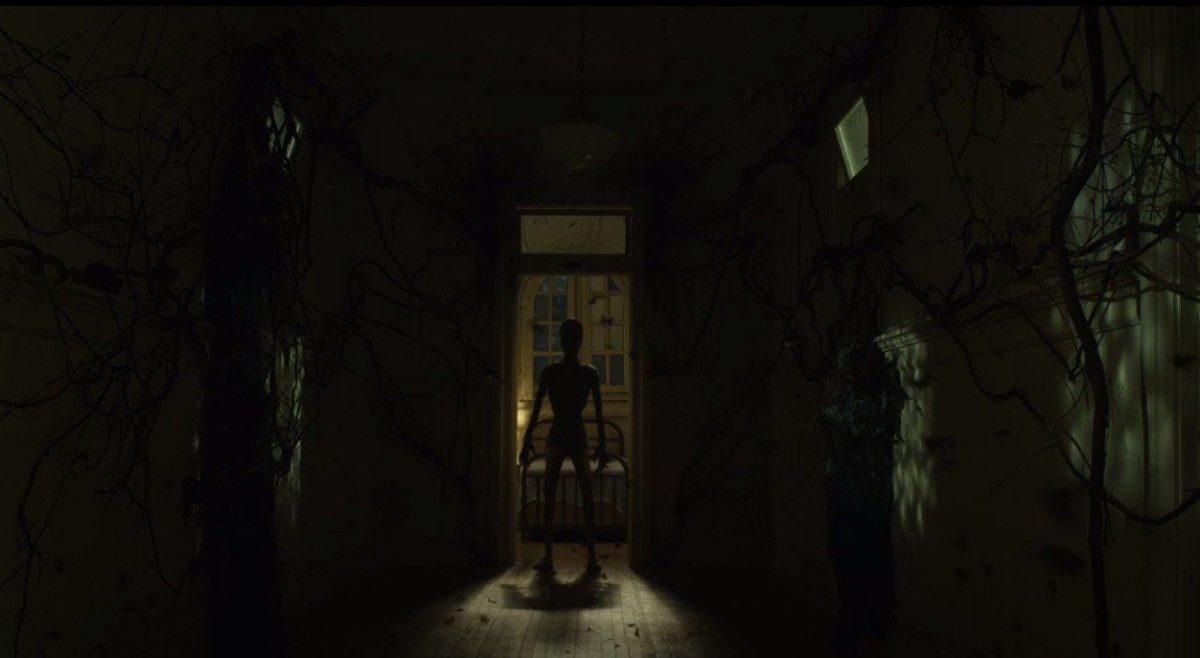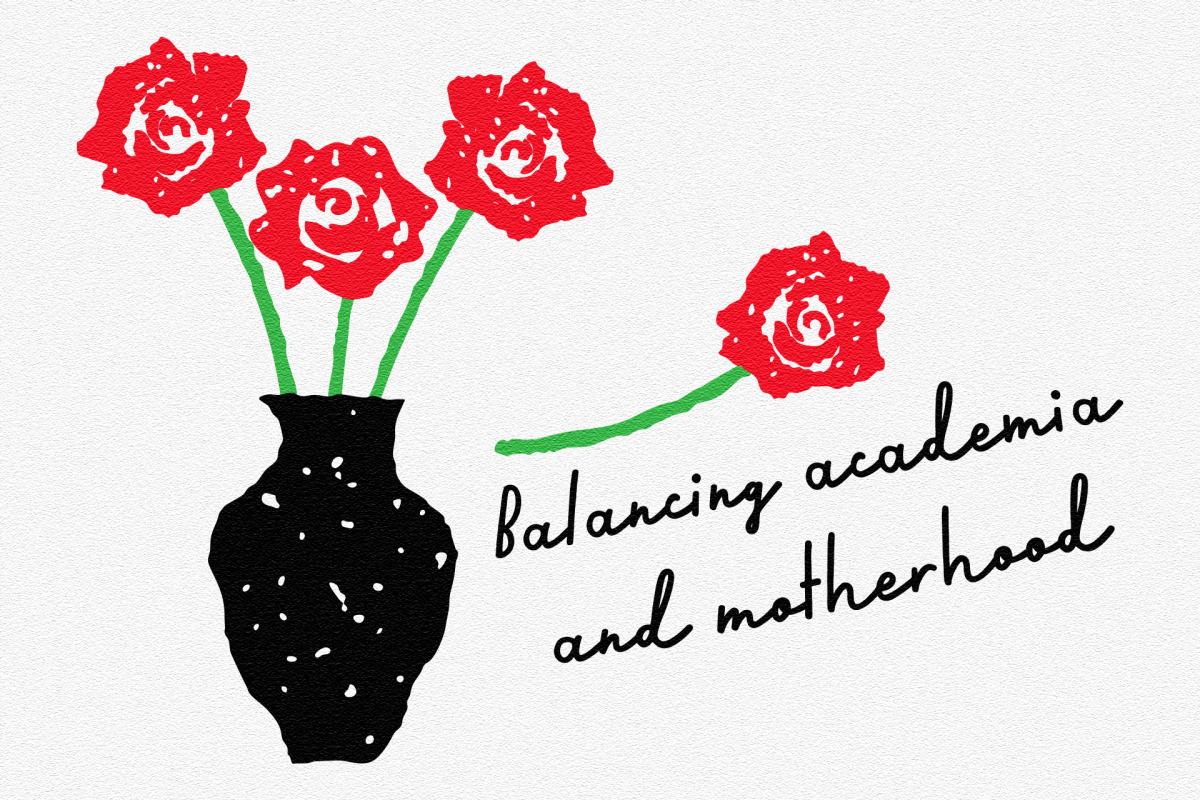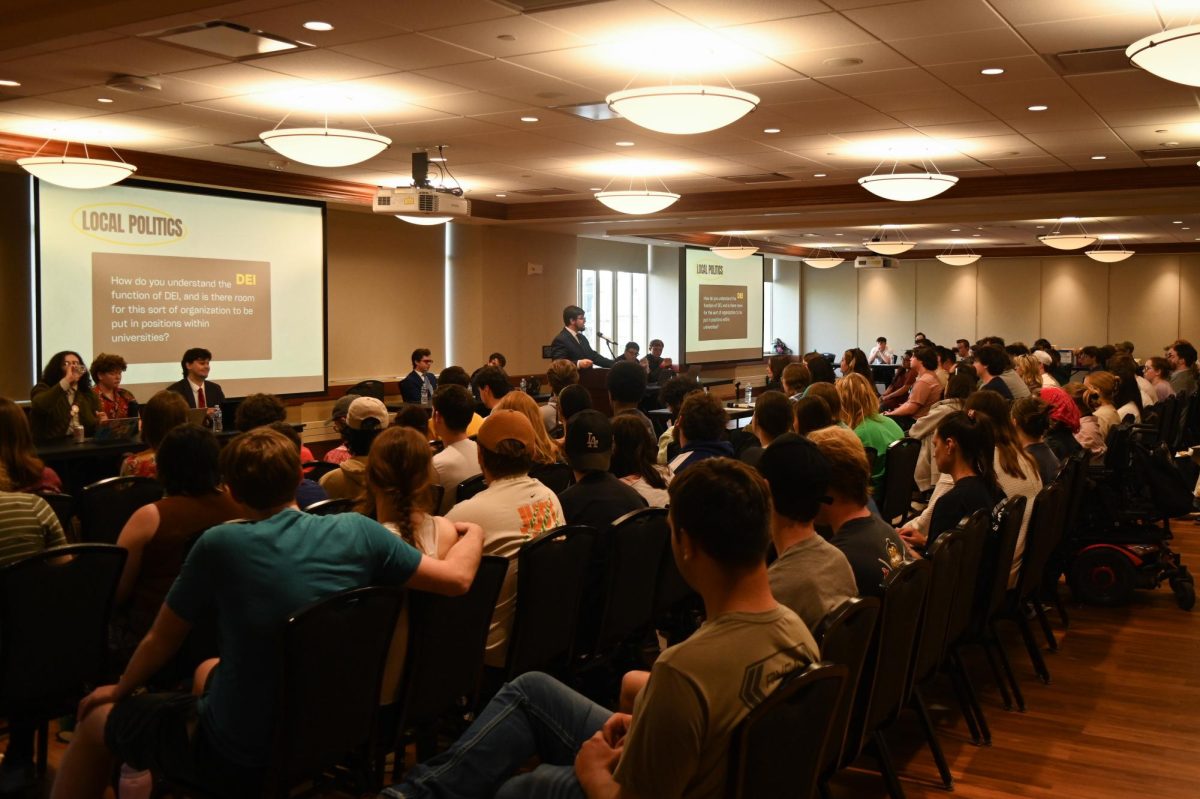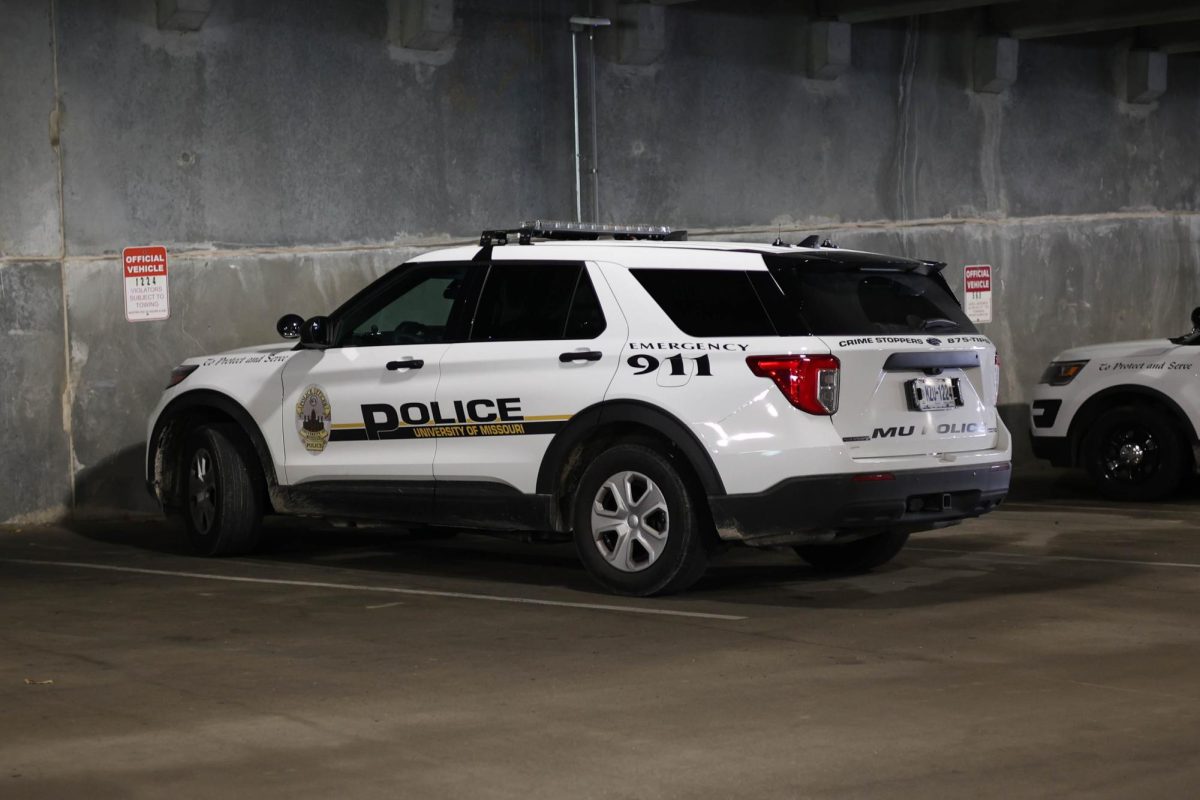Ghosts and supernatural entities are a quintessential element to the horror genre. Looking specifically at the films available on Netflix, how does one determine which movies are truly terrifying and which ones need to be ghosted?
This edition of my “Quest for the Best” in Netflix horror will summon the stand-out paranormal films on the platform so you don’t have to. Combining my own favorites with the raving reviews of critics, these movies tackle hauntings and possessions in all their ghostly glory.
My personal favorite: “Before I Wake” (2016)
Grieving the recent loss of their son, a couple (Kate Bosworth and Thomas Jane) decides to foster a young boy named Cody (Jacob Tremblay). All seems normal, that is, until Cody goes to sleep. His dreams manifest into a physical reality, but so do his horrifying nightmares. Haunted in particular by the “Canker Man,” Cody desperately tries to fight sleep to prevent those around him from the destruction that his nightmares bring every time he closes his eyes.
The film artfully intertwines horror with a heartfelt story of grief and healing, providing an emotional foundation on which the paranormal elements can build for an even stronger terror in the audience. Yes, there are plenty of jumpscares, which some may argue is the lazy way out for horror movies. That being said, the presence of these sudden frights keep the viewer on the edge of their seat, and the pacing of the film is purposeful and effective. “Before I Wake” is not just a series of pointless scares, but a true story that is chilling to its core, along with one of the most grotesque and unnerving spirit figures I’ve ever seen.
“Poltergeist” (1982)

This movie combined a screenplay written in part by Steven Spielberg with director Tobe Hooper of “The Texas Chain Saw Massacre” for an iconic staple of the horror genre. A family is terrorized by hauntings from demonic entities, which seem to latch on to their five-year-old daughter Carol Anne (Heather O’Rourke). She becomes a conduit for the spirits as they draw her toward the television, and things turn sinister when Carol Anne suddenly goes missing.
Decider describes “Poltergeist” as “one of the richest texts horrors has ever produced.” Even after almost 30 years, critics still praise the fear factor of the paranormal forces alongside a constant tone of lurking evil. But be warned, after your viewing, the static on your television will feel a lot more sinister.
“Under the Shadow” (2016)

In war-torn Tehran, Iran in the 1980s, the possibilities of deadly missile attacks are horrifying enough. But for one mother (Narges Rashidi) and her daughter (Avin Manshadi), malevolent spirits strike upon their home as well and threaten to possess the young daughter. The story is politically charged and tackles the evil facets of the demons themselves alongside the evils of society.
The Farsi-language film garnered a 99% from critics on Rotten Tomatoes. It is praised for its ability to cut away from horror movie tropes, featuring a rare instance of a heroine taking her child and actually leaving her haunted home. Director Babak Anvari uses the spine-chilling demons as a tool to deliver a social commentary on Iranian life and the state of the world in war.
“The Blackcoat’s Daughter” (2015)

At a private Catholic school, Rose (Lucy Boynton) and Kat (Kiernan Shipka) wander the empty halls as they wait for their parents to pick them up for winter break. Unbeknownst to them, they are the perfect targets for a sinister evil to enter in their lives. Meanwhile, a mysterious woman (Emma Roberts) races back to the school in an overlapping storyline.
Critics highlight the film’s constant tension, as every scene and even shot holds a purpose in advancing the story. The emphasis of “The Blackcoat’s Daughter” is on its artistically crafted plot, not subjected to conformity to horror tropes for quick jumps and a second of fear. Rather, it is a slow, ominous development rich in atmospheric dread.
_Edited by George Frey | [email protected]_





